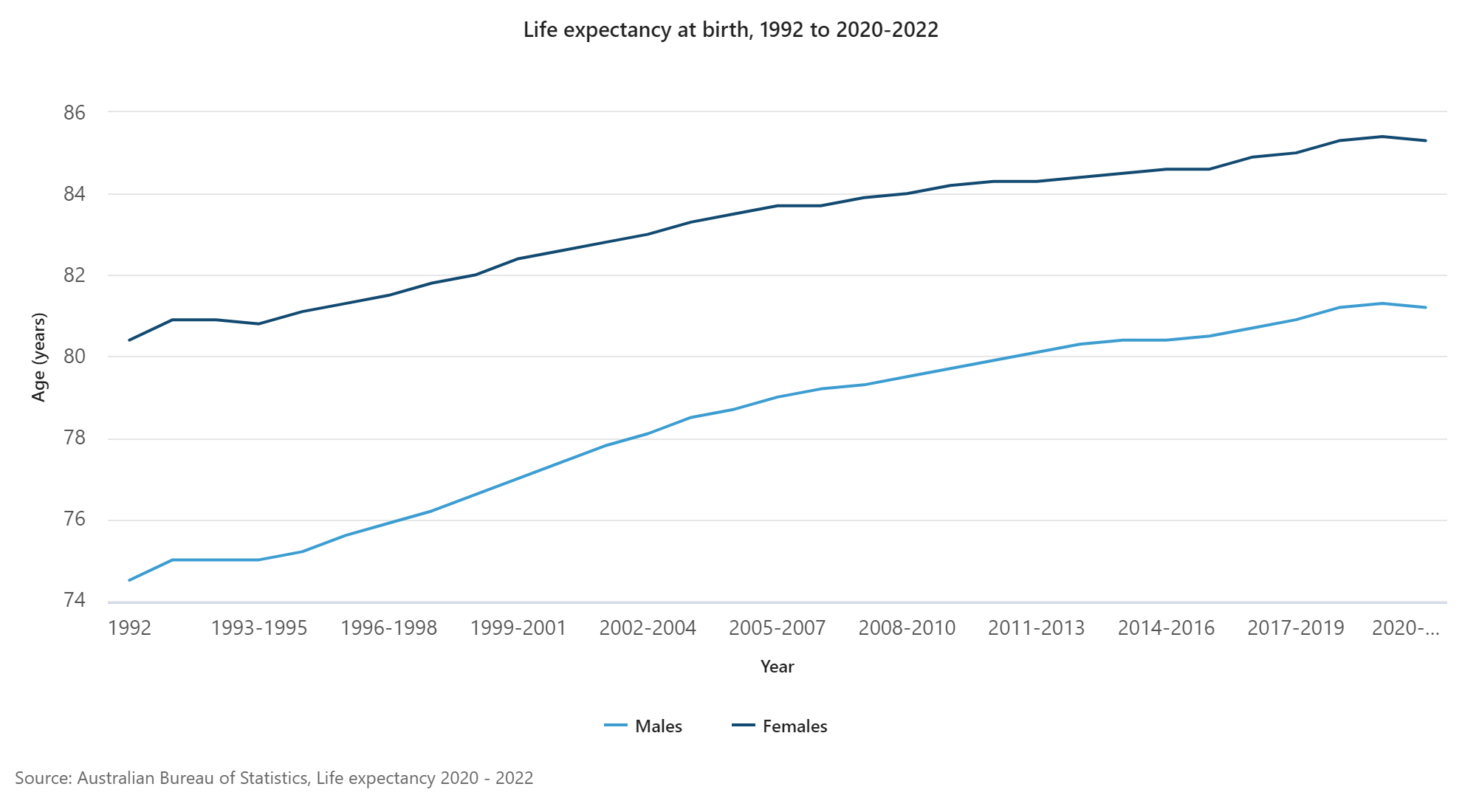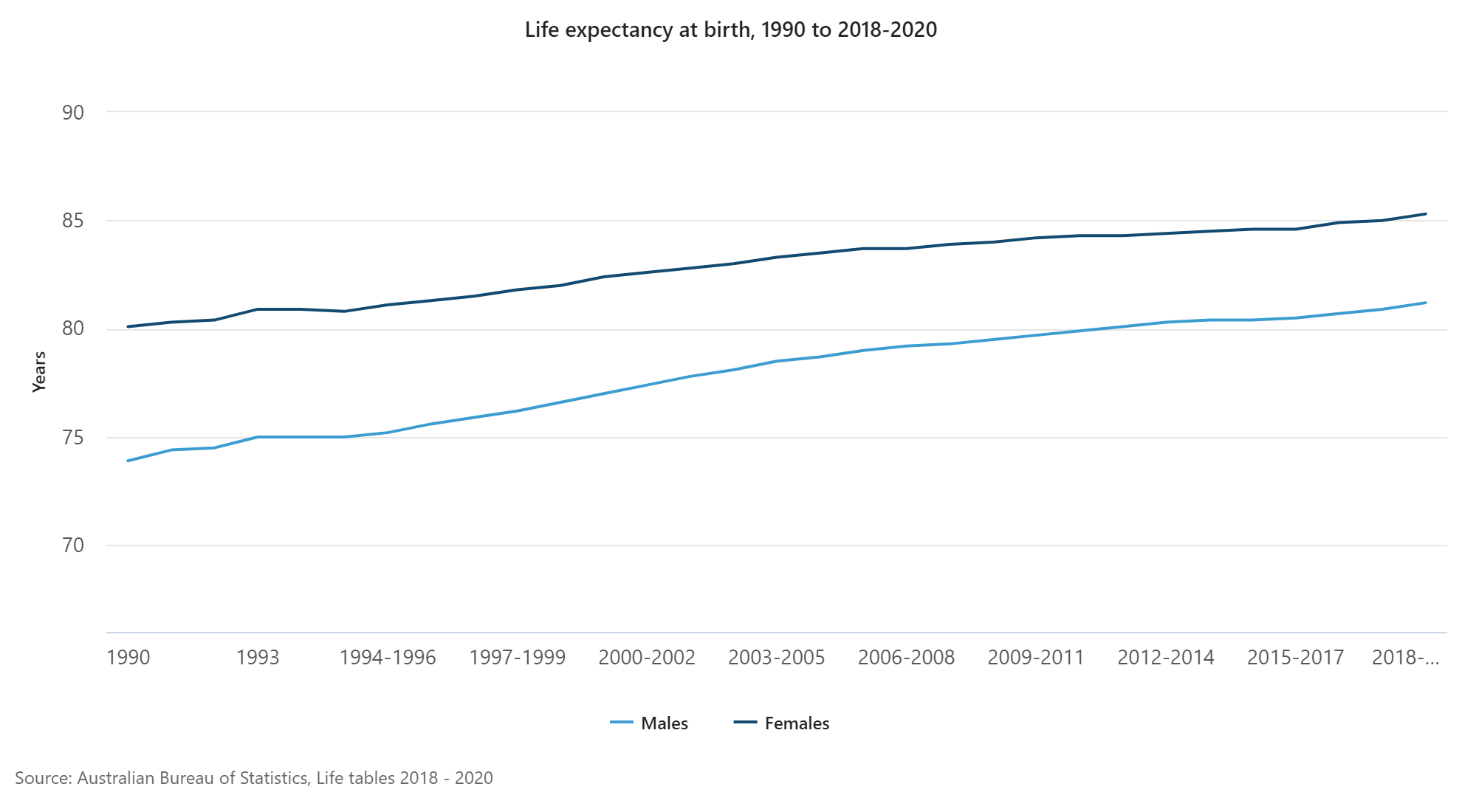How do you conduct a census without a written language?
Jim - ideas, observations and handy shortcuts
27 Jul, 2011
Tags:
Fun stuff
Jim - ideas, observations and handy shortcuts
Jim has been a member of the .id team since early 2010, following 10 years as a Director in local government and prior to that, many years at IBM. Jim is also a former .id client and recognised the value of .id’s tools in council decision making. He decided to join .id to help spread the word! He manages .id’s local government clients in Queensland and South Australia, helping them to use .id’s tools for informed strategy and policy decisions. Outside work, Jim enjoys learning Spanish, travel (especially to Spanish speaking locales) and collects the odd car or two…
Previous Story
Why are we excited about the 2011 Census?











